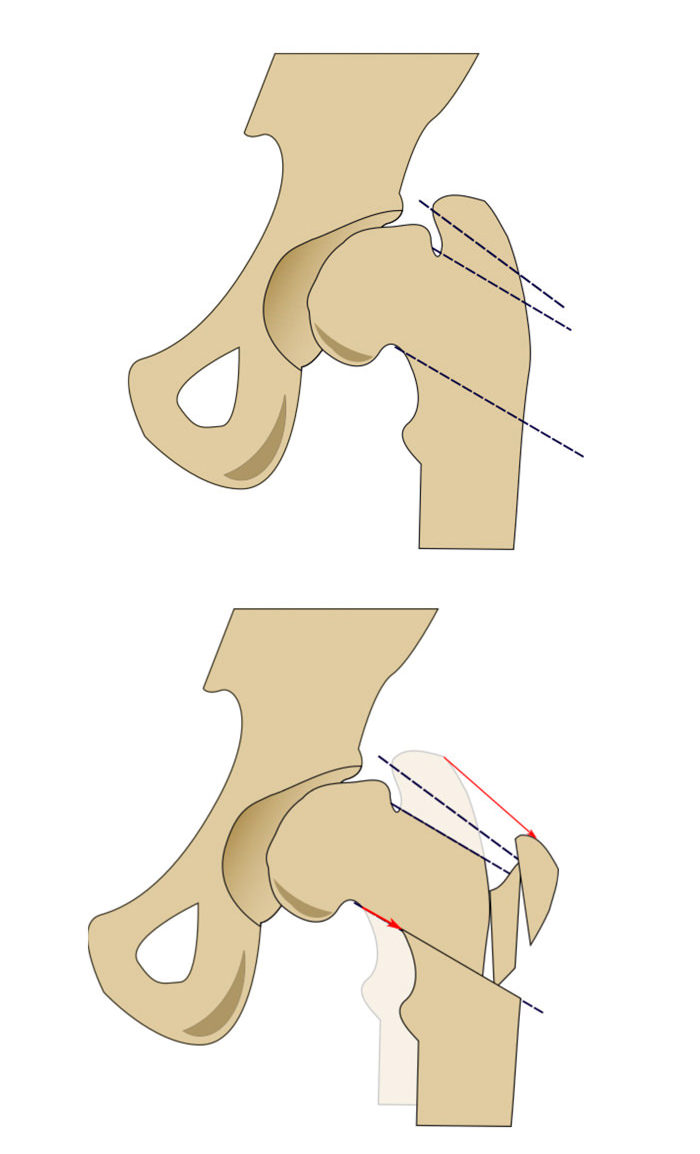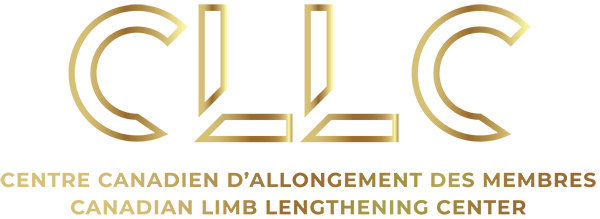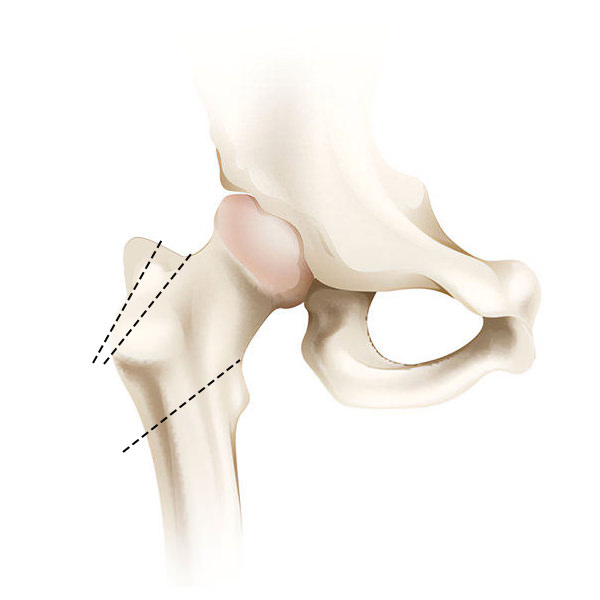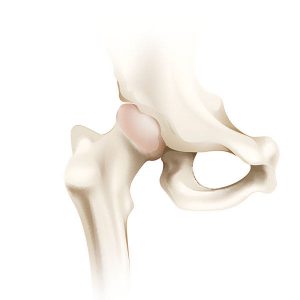The Morscher osteotomy through surgical hip dislocation focuses on relative lengthening of the femoral neck while decreasing limb length discrepancy at the same time. This procedure also allows your surgeon to address all deformities and intra-articular lesions through the same approach.
Indications / Candidacy
Morscher osteotomy through surgical hip dislocation can benefit patients who present with hip pain that is caused by proximal femoral growth disturbances. These are commonly seen in patients who have Legg-Calvé Perthes disease (LCPD) or complications of a previous surgery for developmental dysplasia of the hip (DDH).
Good candidates for this surgery may have:
- Previous trauma to the hip leading to deformities of the head and neck of the femur
- These are commonly seen in adult or pediatric patients who have Legg-Calvé Perthes disease (LCPD) or complications of a previous surgery for developmental dysplasia of the hip (DDH).
- Post Legg-Calvé Perthes deformities of the hip
- Pain related to poor hip biomechanics that worsens with activity
- Painful and decreased range of motion related to hip deformities


Treated Conditions
The Canadian Limb Lengthening Center offers a team of experienced surgeons, nurses and physiotherapists that make patients feel supported throughout their entire treatment process. Our ability to treat complex orthopedic conditions with a holistic approach gives our patients the best possible outcomes. We pride ourselves in providing highly specialized, expert care that helps patients and families dealing with Perthes disease, among many other diseases. To learn more about conditions treated using Morscher osteotomy through surgical hip dislocation, follow the links below:
Surgical Technique
- The patient is positioned in laterally on the operating table
- An approximately 20cm long incision is made laterally along the femoral axis, centered over the greater trochanter
- Soft tissues are excised or reflected to expose the greater trochanter
- The osteotomy (bone cut) of the greater trochanter starts between the gluteus medius and the piriformis
- Muscles including the piriformis, gluteus minimus, gluteus medius, and vastus lateralis remain attached to the greater trochanter
- The greater trochanter is then moved anteriorly to allow your surgeon access to the anterior hip capsule.
- Accessed to the femoral head, acetabulum, and acetabular ridge is made with a capsulotomy.
- At this point, the femoral head can be dislocated anteriorly to allow for repair or reconstruction of the labrum, exploration of the acetabular cartilage, or reshaping of the femoral head.
- A series of osteotomies are performed to reshape the femoral head and lengthen the neck and this is usually fixed with a blade plate and screws.
- Once the femoral neck osteotomy is fixed, the greater trochanter is distallized and fixed with screws and a tension band wire.
- The incision is then closed.

Results
Morscher osteotomy through surgical hip dislocation improves lower limb length discrepancy, gait, and range of motion at the hip for patients. The result from surgery is relative neck lengthening of the femur, and an improvement in the way the hip biomechanics function. Our patients see improvements in quality of life after surgery and experience less complications, pain and discomfort later in life. This approach allows for repair of intra-articular structures and may help prevent osteoarthritis from progressing in future.

Preop of patient 14 years of age, the articular-trochanteric distance was negative

Postop

After implant removal at 82 months of follow-up, the neck length was increased and the articulartrochanteric distance was positive
Potential Complications
As with any surgical procedure, the Morscher osteotomy surgical hip dislocation technique can have difficulties and complications. In most cases, our team of specialist can address these concerns without compromising the end results or outcome. Complications and side effects may include:
- Avascular necrosis (AVN) of the femoral head
- Nerve injury to the sciatic nerve (Neuropraxia)
- Trochanteric non-union or malunion
- Heterotopic ossification
- Infection of the bone (osteomyelitis)
- Progression of arthritis
- Neurovascular injury (rare)
- Deep vein thrombosis (rare)
Case studies
AM I A CANDIDATE?
Are you experiencing an orthopedic condition and would like to improve your physical capabilities?
Or you simply would like to achieve your long-lasting dream of improving your height?
Let us help you achieve your optimal health and wellness in a professional setting.
Let’s open up a discussion to help you achieve your goals.




Highly specialized expert care at CLLC
At the Canadian Limb Lengthening Centre we offer complex deformity correction and limb lengthening surgeries performed by experienced surgeons with the most up to date technologies. When it comes to your care, and treatment of deformity and limb length discrepancy, our surgeons have extensive training and experience.




